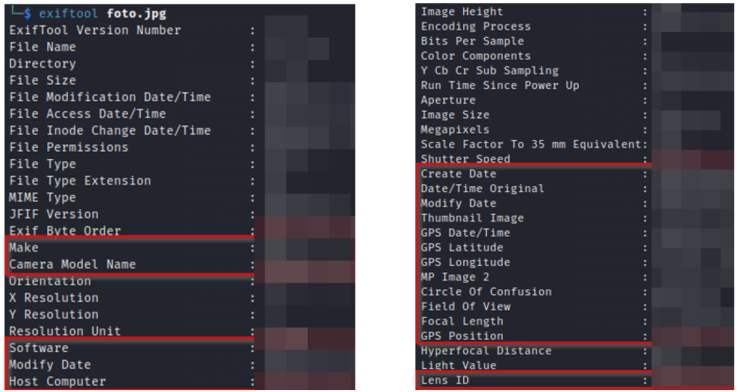
If you don’t live under a rock and use social media, you’ve surely witnessed or starred in those posts at your favorite coffee shop, close to home, at work, on the road, or at those unforgettable Project X-style epic parties. We love to share those moments, don’t we?
Often, we don’t even realize the mountain of information we give to the world every time we post something on our social networks. We expose ourselves to the Internet without thinking about the possible consequences. It’s like venturing into the digital jungle without a map, not knowing what predators lurk.
But do you know what’s crazy? That with every post we are dropping clues about our location, our daily routine, our activities, our family, our friends, among many other things. It’s as if we are leaving digital breadcrumbs for anyone to follow, revealing our life to an invisible and potentially dangerous audience.
And it’s not just the information we know we share, but also the information we share without even being aware of it, because of course, let’s not forget about metadata. When, for example, we take a photo with our cell phone, that image can contain a lot of information that, at first glance, we could overlook. From the exact location where the photo was taken, to the make, model and software version of the device used, and even details about the camera settings. Small details that, at first glance, seem harmless but, contrary to what we might think, reveal a lot of information, making us vulnerable to possible attacks by those who know how to look for it.

